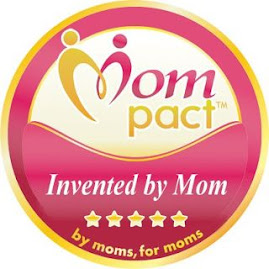
I just discovered the following article and thought it was worth sharing. I love learning new and cannot resist sharing. I hope you all find it interesting too. Let me know what you think!! Best,
Nicole
(Thank you to examiner.com for sharing this article)In the late 1800's, large numbers of women began weaning their babies off the breast and on to cow's milk, often within ten weeks of birth. Economic class of mothers indicated different reasons for this early weaning, but the overall movement toward dangerous weaning practices did not seem to be limited by class distinction. Women who had to work didn't have much choice but to leave their infants with a caregiver, which made weaning necessary. Women who could afford to stay home with their children perceived this working-class trend as a chance to allow themselves an amount of freedom from traditional mothering challenges, and helped to make early weaning a fashionable thing to do. Infant mortality rates soon rose, with deaths commonly attributed to malnutrition, bacterial contamination, and diarrhea. The illnesses associated with feeding cow's milk to babies prompted dairy manufacturers to make pastuerization a standard practice.
Commercially available baby formula gained a cultural foothold in the 1950's, a time of modernization and progress following the Great Depression. Baby formula was a great help to mothers who needed or wanted to work after pregnancy. During this time when televisions were coming into the average American home, advertising shiny new products that automated household tasks, baby formula became fashionable for its ease of use. Most likely, the promise of maternal modesty played a role in the widespread cultural adoption of formula feeding. During the 1950's it would have been considered crude to use the term "pregnant" in advertising or on a television show, whereas a term like "expecting" would be considered more appropriate. Social dialogue regarding sexual matters in practical terms was taboo. For a generation that would have been horrified at the immodesty of seeing a single bed in Lucille Ball's television set bedroom, the idea of taking women's breasts out of the collective image of motherhood must certainly have seemed a favorable one. Due to a lack of research data and public education on the nutritional values of breast milk, formula feeding became the standard feeding method for infants in the U.S. Standardized formula use was considered an improvement on feeding practices of previous generations, and as a result, practical knowledge of breastfeeding became lost among generations of mothers who had never even attempted it. By the 1970's, breastfeeding began to reintegrate into popular culture. It is not widely known that the feminist movement is largely responsible for a renewed interest in the practice of breastfeeding children. Women began to feel more control of their bodies and sexuality, and as a result, began to feel more empowered and secure in their natural abilities. Embracing womanhood by way of feminism was a first step toward questioning the practice of formula feeding. Today, medical organizations the world over agree that breast is best for baby. An effort is being made to encourage women to use the tools nature has given them to care for their children. There is much cultural indoctrination against breastfeeding that must be dissolved over time, but the benefits of breastfeeding are slowly winning women back to nursing their own children.
Thank you Wikipedia for the great pic.





